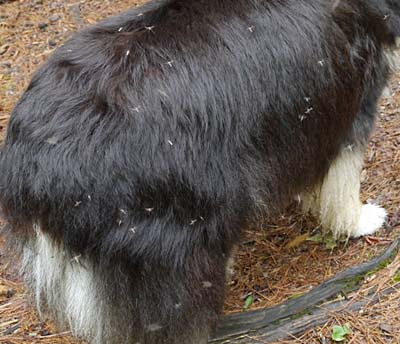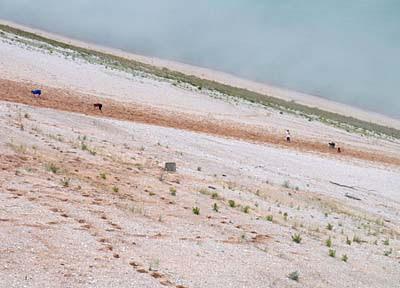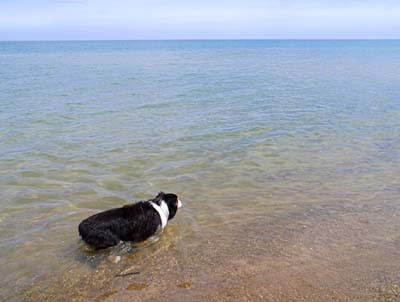 |
| Swans and babies in the Huron River at Proud Lake State Recreation Area |
David’s
brother lives in a western suburb of Detroit within about 15 minutes of Proud
Lake State Recreation Area. That worked
out great for us – we got to stay in a beautiful state park away from traffic
and noise and yet still be close to Jim and his wife Harumi. We’ve all been having
a great time talking, eating good food and site-seeing so I’m a bit behind
on the blogging. What follows is a
summary of some of the highlights of our visit.
 |
| Wetland area at Proud Lake |
Saturday
was our first full day in the Detroit area and Jim brought Harumi and her
soon to be 14-year-old daughter, Shiori, out to Proud Lake for a hike. The ‘girls’ wanted to try some hiking and as David,
Maya and I are always ready for a walk in the woods – it was the perfect opportunity to introduce them to one of our favorite things. Jim’s knees are not quite up to hiking these days, so
he stayed behind at the RV with a good book and the rest of us hit the trail.
 |
| We watched a turtle lay eggs near our campsite |
 |
Covering the eggs
We told the park staff about it and they put up a little fence to protect the nest |
There
are over 20 miles of trails at Proud Lake with an amazing diversity of terrain
including two lakes, a river, a marsh, forests, fields and wetlands. On our hike we circled the marsh, wound
through woodlands and paralleled the Huron River to a beautiful swimming
spot. Only Maya went for a swim as it
was a cool morning and the water temperature was still too chilly for us.
It was our first time to meet
Shiori and only our second time with Harumi so we all enjoyed getting to know each other better on our most excellent hike.
That
afternoon Jim took all of us to his favorite neighborhood Mexican food
restaurant where we ate a late lunch.
Harumi’s son, Takuya, came along and we had a nice meal with Jim’s new
family.
 |
| Takuya, Jim, Harumi and Shiori |
Sunday
was a good day for hanging out at Jim and Harumi’s apartment. Jim spent 5 hours smoking ribs while David
did the laundry. The three of us girls
went out for a little shopping while the guys did most of the work – as it
should be.
We
also got to see Tama, Jim’s cat that we gave him several years ago. My friend Jose found Tama as a small kitten
hanging out in the trash dumpster at a Mexican restaurant in San Antonio. Tama
stayed with us at our house for a few days and we thought about keeping him but we
gave him to Jim that Christmas. Then the little guy gave us ringworm -- a memorable Christmas to say the least. Poor kitty, it wasn't his fault. We were glad to see Tama again after all
this time and see that he has made the adjustments from a street kitten in San
Antonio to a bachelor pad in Ft. Worth to a happy family in Michigan. He’s one lucky kitty.
 |
| Tama relaxing with Jim |
Monday
was a school and work day for everybody but us ‘retirees’ and we took the
opportunity to do some sight-seeing around Detroit. You hear and see so much on TV of the effects
of the economic downturn on Detroit and we did see some of that as Jim showed
us around. But all in all we thought
downtown Detroit looked pretty good and like things were getting better. And being spring, everything was so green and
beautiful, even the empty lots where houses had once been.
 |
| Detroit skyline from Belle Isle looking across the Detroit River |
 |
| Church near downtown |
Tuesday
David and I spent the morning doing some more hiking around Proud Lake. The trails were excellent and the insects and
poison ivy were minimal so we wanted to enjoy that. Those conditions have been hard to come by
this spring! After a fine morning
enjoying the trails we met Jim and Harumi for a late lunch. The lunch at Indo-Fusion was delicious and
spicy, a Portuguese Indian mix of mostly curries. We were glad we ordered it ‘medium’ and not ‘hot.’
 |
| A chicken and vegetable curry -- as good as it looks... |
The rest of the afternoon flew by and then David and I said our goodbyes
as we planned to leave out the next morning for the 'thumb' of Michigan.
It was such a nice visit and we didn’t want to wear out our
welcome. After all, we do hope to be
invited back again.
David’s Stats:
Days
Hiked: 2
Total Miles Hiked: 7.79
Ave. Miles per Day: 3.90
Total Elevation Gain: 174
Ave. Elevation Gain per day: 87
 |
| Tama |

























































